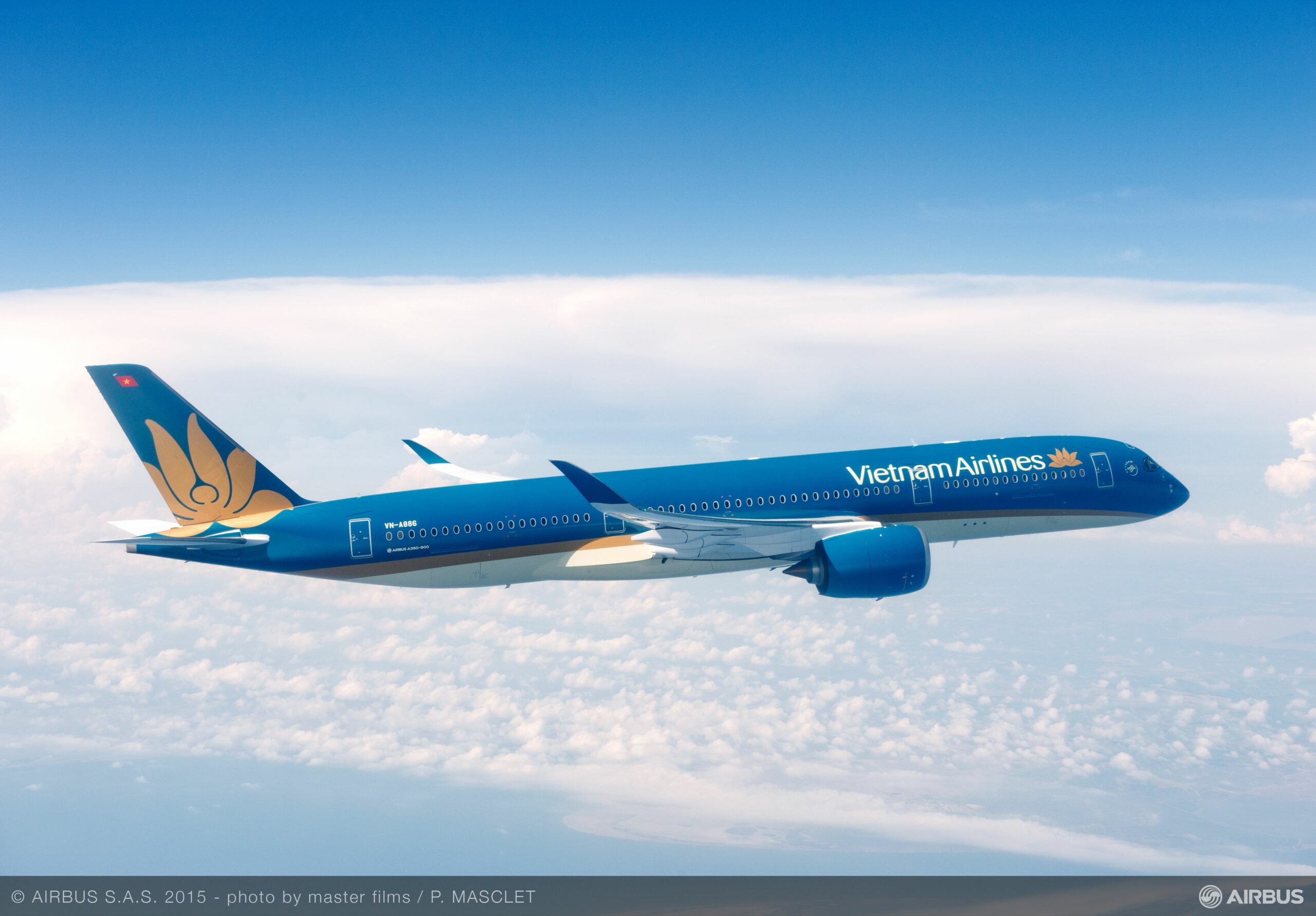
EfM0PEDVAAIWZ6k scaled
Airlines within the 27 member states of the European Union and the 37 countries of the Association of Southeast Asian Nations (ASEAN) will get almost unrestricted access to each other’s markets thanks to a new agreement announced last week. The Comprehensive Air Transport Agreement (CATA) aims to restore air transport and tourism post-pandemic. As such, the EU-ASEAN deal opens doors to airlines.
Hailed as the first “bloc-to-bloc” agreement between two trade blocs, airlines from the EU and ASEAN countries will be allowed to operate an unlimited number of flights between them. CATA also includes so-called fifth freedom rights, allowing airlines to operate to a specific country in the two regions and from there to another third country. For passenger flights, these services are restricted to fourteen per week, but cargo flights are unrestricted.
The EU and ASEAN also intend to deepen their cooperation on air traffic management, safety, consumer protection for air passengers, as well as environmental and social issues. CATA builds on existing aviation agreements.
According to EU Transport Commissioner Adina Valean, the new agreement “provides essential guarantees of fair competition for our European airlines and industry, while strengthening reciprocal prospects for trade and investment in some of the world’s most dynamic markets.”
Sun Chantol, chairman of the ASEAN Transport Ministers Meeting and also Minister of Transport in Cambodia, expects “the agreement would result in significantly greater connectivity between ASEAN and the EU, benefitting a population of 1.1 billion people and enabling greater business, trade, tourism and people-to-people links between both regions.”
How will airlines respond?
As said, the EU-ASEAN deal opens doors to airlines. It remains to be seen how those within both regions will respond to new opportunities provided by CATA, but will most likely result in the opening up of new markets. It will be interesting to see what the impact is of long-haul low-cost airlines, which until now have struggled to make a profit on their operations into the ASEAN region. Norwegian briefly went to Bangkok after introducing the service in 2016 and the region is on the agenda of Norway’s latest long-haul start-up, Norse Atlantic, at a later stage.
Vice-versa, Europe could become a new market for Asian long-haul legacy and low-cost carriers, although the pandemic has left them in all kinds of financial difficulties. Before the crisis, Vietnam saw a surge of new airlines and Vietnam Airlines was on a growth strategy to tap into new markets in Europe. It has been reduced to domestic flying primarily as the pandemic continues to impact the region at various levels.
The EU-ASEAN agreement is expected to be officially signed in November during the 27th ASEAN Transport Ministers Meeting in Siem Reap (Cambodia) and ratified by all member states.
Views: 4



